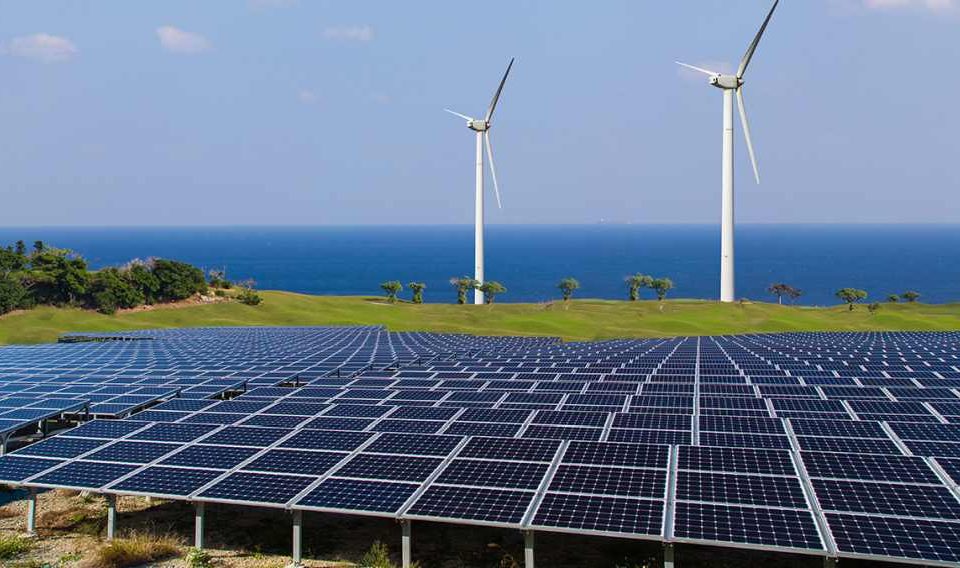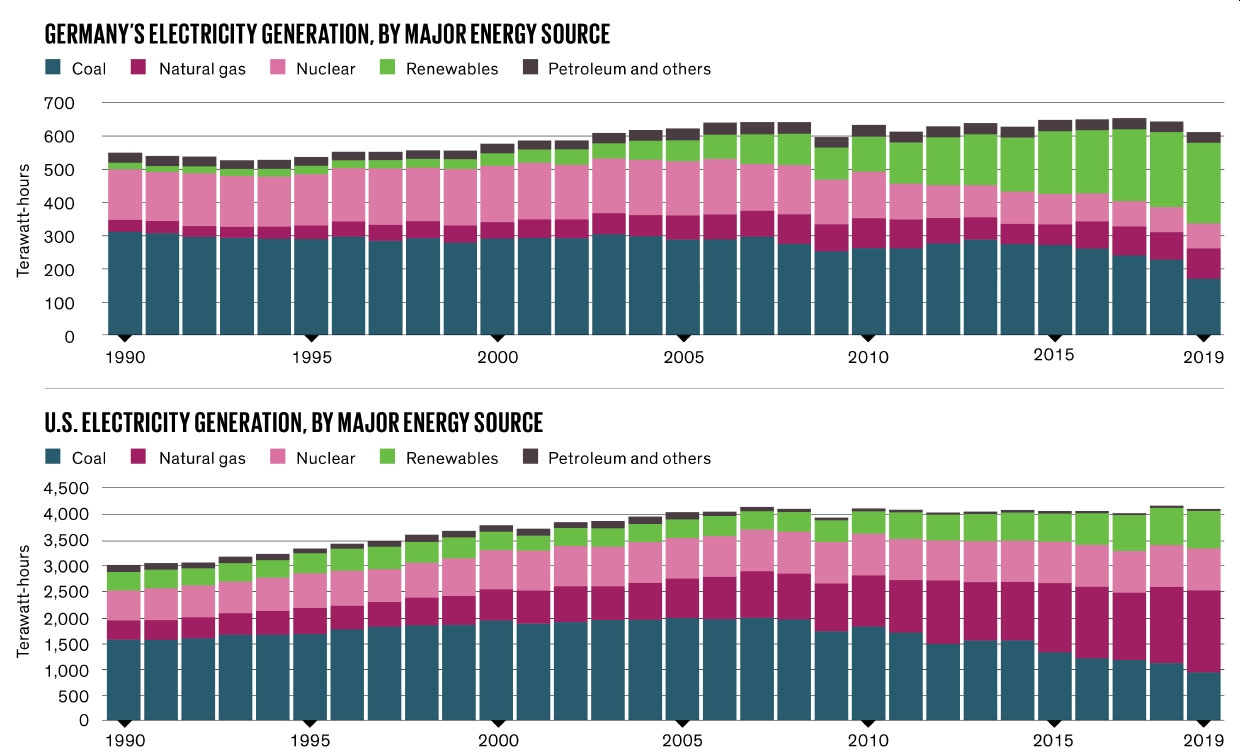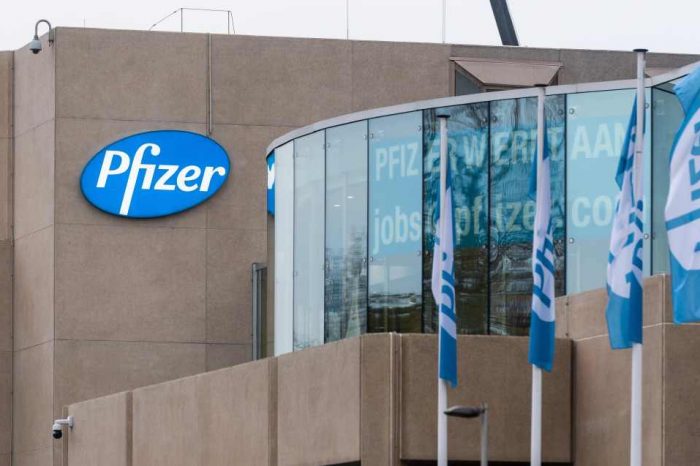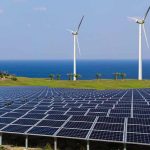Renewable energy fails to solve Europe’s energy crisis as Germany prepares its citizens for gas rationing and France asks consumers to use less electricity

For over five decades, environmentalists have promoted renewable energy sources like solar and wind farms as some of the most sustainable ways to save the planet from the impending doom of climate change. In 2019, The United Nations said that “we only have 11 years left to prevent prreversible damage from climate change.” Fast forward to today, that means we only have eight years left.
However, one environmental activist took an unpopular position and disagreed with mainstream narratives. Michael Shellenberger is a life-long environmental activist and Time Magazine “Hero of the Environment” and a celebrated author. Shellenberger has worked with investors, labor unions, and the Obama administration to invest $150 billion into renewables. Michael Shellenberger is also the President of Environmental Progress, a research and policy organization.
In a TEDx Talk presentation in January 2019, Shellenberger explained about why renewables can’t save the planet and how renewables destroy the environment to save the climate. You can watch the video here.
Unfortunately, Shellenberger was right. As we reported in the summer of 2021, many countries decided to turn back to coal as renewables failed to meet the increasing energy demands, causing skyrocketing electricity prices in Europe and blackouts in countries like China and Lebanon.
For example, over 80% of global energy still comes from fossil fuels despite trillion dollars investments in renewable energy, which after over $3 trillion was invested in renewable energy sources including solar, winds, hydropower, and battery storage.
For decades, the European Union (EU) has been aggressively pursuing a clean energy future as it plans to end its reliance on fossil fuels, but the ongoing war between Russia and Ukraine has highlighted the shortalls of renewables. For example, the EU currently gets about 40% of all its energy from Russia, including 41.1% of its gas supply even with billions of dollars investment spent on renewable energy.
Just last week, the EU also announced that it expects the European Union to remain dependent on energy imports from Russia for at least another five years, according to a report from the TASS news agency. The Commission added that its reliance on Russian gas won’t end until at least 2027.
Now, the EU is facing soaring gas prices as Russia threatned to cut off the gas supplies if payments are not made in Ruble. In addition, transitioning to renewable energy sources also takes time. For now, the EU has to rely on the dirty fossil fuels to solve its energy crisis.
In the meantime, Germany is preparing for gas rationing while France’s power grid operator is asking consumers to use less electricity. The situation in the UK isn’t any better as protests broke out over the latest electricity price hike that plunged millions of Briton households into what some called fuel stress.
Currently, wind and hydro constitute two-thirds of the total renewable energy output in Europe. Considering that renewable energy sources accounted for 37.5 percent of gross electricity consumption in 2022, many are asking: Why would Germany have to brace for gas rationing and France ask its citizens to consume less electricity?
This is not first time Germany has faced a severe renewable energy crisis. In February 2021, Germany had to switch back to ‘dirty’ coal and natural gas as millions of its solar panels were blanketed in snow and ice. A month earlier, German RBB (Berlin-Brandenburg) public broadcasting aired a report on some of the regions’ electricity supply in winter. As part of the report, Harald Schwarz, a professor of power distribution at the University of Cottbus, said: “die gesicherte Leistung von Wind + Sonne = 0,” meaning
“The guaranteed output of wind + sun = 0.”
He also added: “The guaranteed output of wind energy and photovoltaics is between zero, two or three percent. So de-facto is zero.” You can watch the video here.
Energiewende is a German word for ‘”energy transition.” In 2000 when the program was first launched, 6.6 percent of Germany’s electricity came from renewable sources such as solar and wind. In 2019, almost two decades later, the share reached 41.1 percent. That’s where the good news end.
In 2000, Germany had an installed capacity of 121 gigawatts with 577 terawatt-hours generated, which is 54 percent as much as it theoretically could have done (that is, 54 percent was its capacity factor). But in 2019, the country only produced a meager 5 percent more (607 TWh).
During the twenty-year period, the Germans also paid a hefty price for the program. For example, the average cost of electricity for German households has doubled since 2000. By 2019, households had to pay 34 U.S. cents per kilowatt-hour, compared to 22 cents per kilowatt-hour in France and 13 cents in the United States, according to data from IEEE Spectrum.
So looking back two decades, how well did Germany do? To measure how successful the Energiewende program has been toward the ultimate goal of decarbonization. In the December 2020 article titled, “Energiewende, 20 Years Later,” IEEE concludes with the following:
“In 2000, the country derived nearly 84 percent of its total primary energy from fossil fuels; this share fell to about 78 percent in 2019. If continued, this rate of decline would leave fossil fuels still providing nearly 70 percent of the country’s primary energy supply in 2050.”

Although Europe has made some progress in its pursuit of green energy, the continent still has a long way to go. The current war further exposes Europe reliance on other countries for its energy. As Bloomberg reported earlier this year, renewables across Europe were “crowding out” natural gas as coal phase-out slows.

